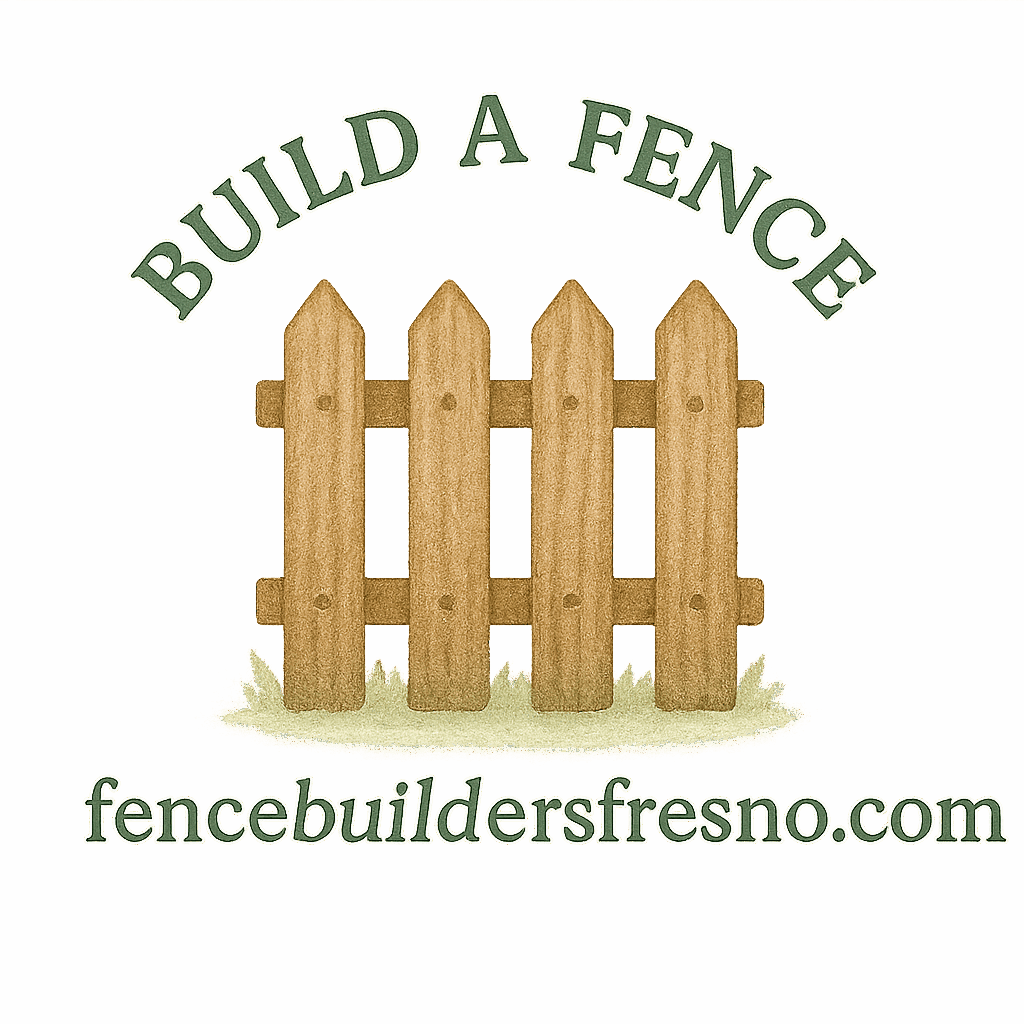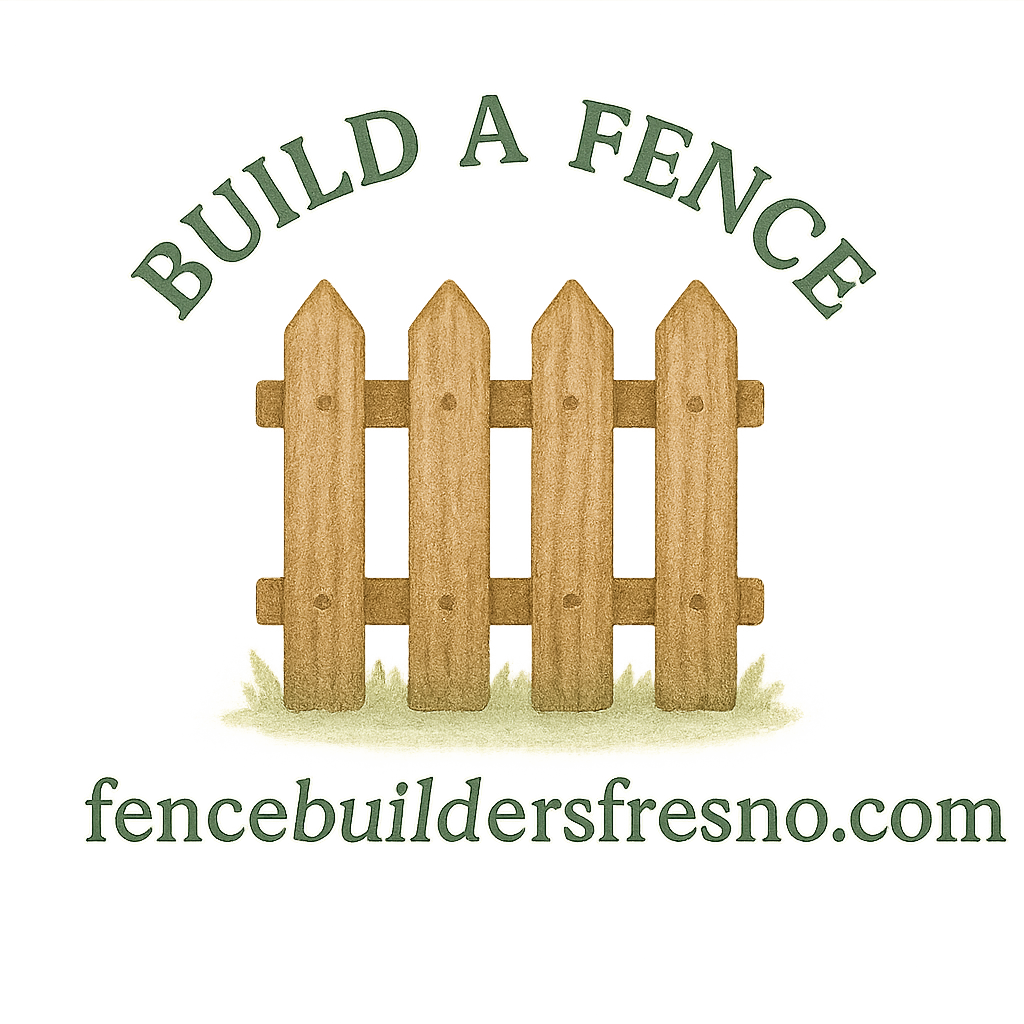When it comes to DIY fencing planning and installation, safety should always be your top priority. While building your own fence can save money and give you a sense of accomplishment, it also comes with potential risks—from power tools and sharp edges to underground utility lines. Following safety rules ensures you not only build a strong, durable fence but also keep yourself, your family, and your property safe.
If you’re just getting started, it’s a good idea to check out the fence building basics before diving into your project.
Why Safety Matters in DIY Fencing
Think about it: would you climb a ladder without checking if it’s stable first? Of course not. The same principle applies to fencing. Skipping safety precautions can lead to injuries, costly mistakes, or even legal disputes with neighbors. By following clear safety rules, you’ll protect yourself while making sure your fence lasts for years.
For inspiration, you can explore different fence design and planning options before deciding how to move forward.
Rule #1: Wear Proper Safety Gear
Protective clothing and gloves
DIY fencing involves splinters, nails, concrete, and sometimes sharp tools. Wearing long sleeves, durable gloves, and work boots can prevent cuts, bruises, and other injuries.
Safety glasses and ear protection
When cutting wood or metal, debris can fly straight at your eyes. Always use safety goggles. If you’re using loud tools like power saws or nail guns, ear protection is a must to avoid long-term hearing damage.
Need more guidance? Read about wood fence care and safety to protect yourself and your fence.
Rule #2: Understand Property Lines
Check local regulations
One of the biggest mistakes in fencing projects is installing a fence on the wrong side of the property line. This can lead to legal headaches, fines, or even forced removal. Always review city codes and HOA rules before digging.

Avoid boundary disputes
Nothing sours neighborly relations faster than a misplaced fence. Use a land survey or official property map to confirm boundaries before installation. Learn more about legal property considerations to stay compliant.
Rule #3: Call Before You Dig
Utility line awareness
Burying fence posts may seem straightforward, but hidden beneath your yard could be water pipes, gas lines, or electrical cables. Accidentally striking one could be dangerous and expensive.
How to schedule a local survey
In most areas, you can dial a local “call before you dig” hotline to have utilities marked for free. This simple step can save lives. More info on preventing fence encroachment and safety issues is worth a look.
Rule #4: Choose the Right Tools
Power tools vs. hand tools
Power tools make jobs faster but can be hazardous if misused. Hand tools are slower but sometimes safer for beginners. Always match the tool to your skill level and project needs.
Maintenance and safe handling
Before you start, inspect tools for cracks, loose cords, or dull blades. A faulty tool is an accident waiting to happen. If you’re still learning, the DIY fence guide covers essential tools and techniques.
Rule #5: Select Safe Fencing Materials
Non-toxic treatments
If you’re working with wood, check that it’s treated with non-toxic preservatives. Some old lumber contains chemicals that can harm skin or pets.
Avoiding sharp or splintering materials
Run your hand across fence panels before installation. Sharp edges and splinters can injure you during building—and later, your children or pets. To compare your options, check out fence types and comparisons.
Rule #6: Plan for Structural Stability
Depth of posts
Fence posts are the backbone of any fence. Shallow posts are a safety hazard because they make the structure unstable. A good rule of thumb: bury one-third of the post’s total length.
Secure anchoring techniques
Use concrete or gravel to stabilize posts. This prevents leaning, sagging, or falling fences in strong winds. Read fence installation tips for more guidance.
Rule #7: Work in Safe Conditions
Weather considerations
Avoid working in extreme heat, rain, or icy conditions. Slippery ground and sweaty hands are recipes for accidents.
Time of day and visibility
Plan your work during daylight hours. Poor visibility can cause mistakes with measurements and increase the risk of injury. For more preparation advice, see upkeep and safety tips.
Rule #8: Lift and Carry Properly
Avoid back injuries
Fencing materials like posts and panels are heavy. Use your legs, not your back, when lifting to avoid strain.
Teamwork when handling heavy loads
Don’t be a hero. Ask a friend or family member to help move large panels. Team lifting prevents accidents. This is especially true with larger designs like front yard fences.
Rule #9: Keep the Worksite Organized
Tool storage
Leaving hammers or saws lying around is dangerous. Always return tools to a designated spot after use.
Reducing trip hazards
Clear away debris, packaging, or extra materials regularly. A cluttered worksite is an accident waiting to happen. The fence maintenance and repair guide includes practical upkeep advice for safe worksites.
Rule #10: Inspect and Maintain Safety After Installation
Regular inspection routines
Your fence might look sturdy today, but weather and wear can weaken it. Inspect it every few months for loose nails, splinters, or leaning posts.
Addressing hazards early
Don’t wait for small issues to become big problems. Repair loose boards or posts immediately to avoid injuries. For low-effort options, consider low-maintenance fencing.
Extra Tips for DIY Fence Builders
- Always measure twice before cutting.
- Keep kids and pets away from the worksite.
- Take breaks to avoid fatigue-related mistakes.
- Double-check your permits and approvals.
For more insights, browse the fence guide resources.
Common Mistakes to Avoid
- Ignoring property lines and sparking disputes.
- Skipping protective gear because “it’ll be quick.”
- Overestimating your ability to lift or handle heavy tools alone.
- Forgetting to plan for future maintenance needs.
Need inspiration? Check out durable fencing options to avoid regret later.
Conclusion
DIY fencing planning and installation can be rewarding, but only if it’s done safely. By following these 10 safety rules, you’ll protect yourself, your property, and your investment. Remember: safety is not just a checklist—it’s the foundation of a strong, long-lasting fence.
If you want professional help, you can always turn to Fence Builders Fresno for expert installation and maintenance.
FAQs
1. Do I need a permit for DIY fencing installation?
Yes, many areas require permits. Check with your local city or HOA before starting. Learn about legal fencing rules.
2. What’s the best depth for fence posts?
Typically, posts should be buried one-third of their length for stability.
3. Can I install a fence directly on my property line?
Yes, but confirm the boundary with a survey and check local regulations first. See more about property lines and fencing.
4. What tools are essential for DIY fencing?
Basic tools include a post-hole digger, level, saw, hammer, drill, and safety gear.
5. How do I avoid hitting utility lines?
Call your local “call before you dig” hotline to mark underground utilities.
6. What type of fence is safest for kids and pets?
Vinyl and smooth wood fences are safer since they don’t splinter or have sharp edges. Explore vinyl fencing options.
7. How often should I inspect my fence for safety issues?
At least every 6 months, or after major storms. For extra tips, read about fence maintenance.


